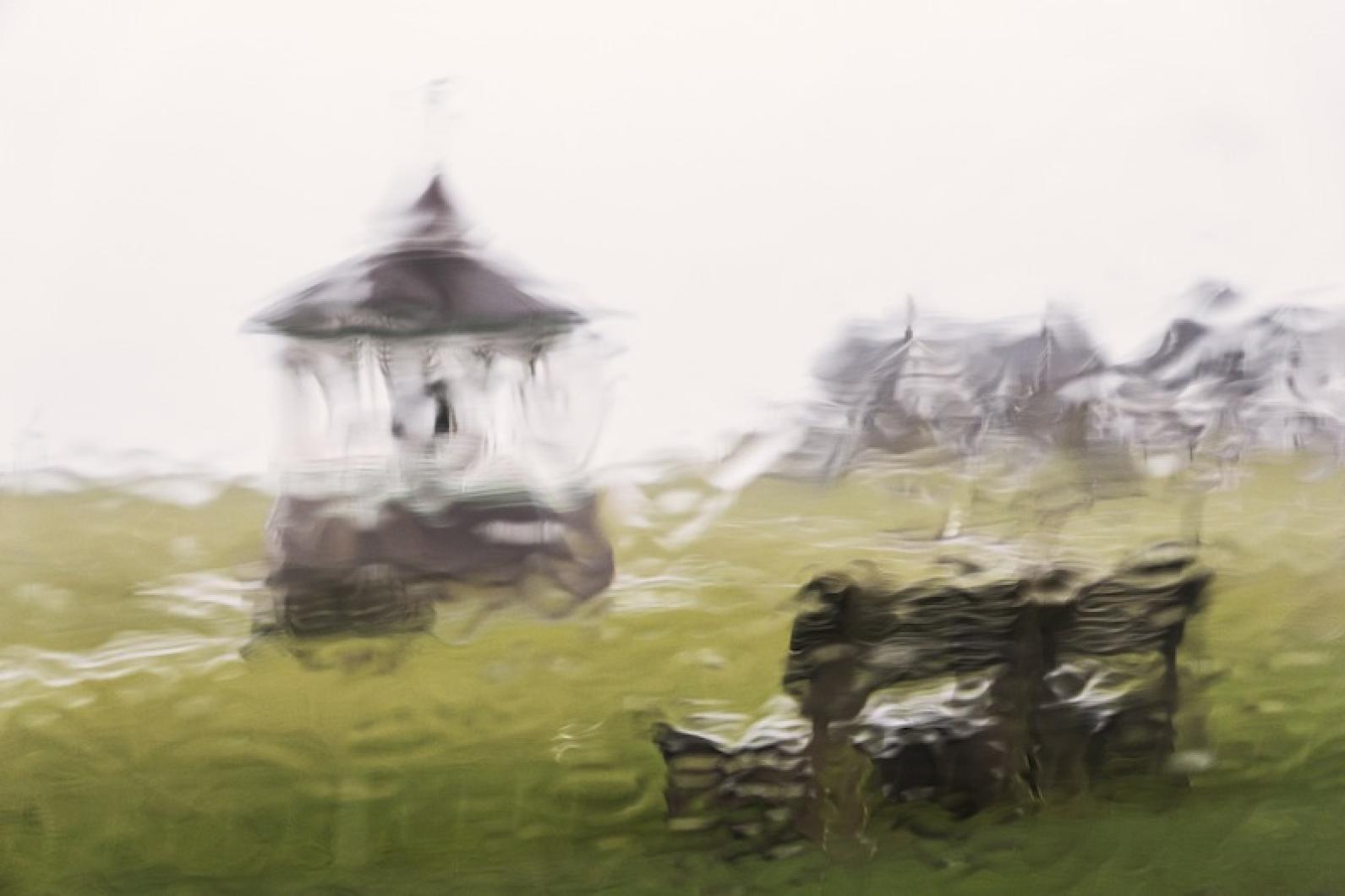What goes up must come down.
British scientist Isaac Newton knew it to be so and suggested that gravity was the cause. Across the pond, the idiom made a later appearance in America. Politician Theodore Sedgwick explains in Hints To My Countrymen (1826): “When one boy among a dozen throws a stone into the air, crying out, that ‘what goes up must come down,’ it is very likely so to happen.”
And it is only those of a certain young age who don’t start crooning to the Blood Sweat and Tears song Spinning Wheel when they hear that phrase.
Right now, for me, the saying is all about water. It is not how it goes up that concerns me; rather, how it comes down — rain, rain and more rain plus some snow. Usually, I don’t mind a bit of precipitation; however, the excess that has been coming down is putting the brakes on one of my most important projects, building a house.
The slowing of my momentum is not the only thing that the rain has brought.
For better and for worse could describe the effects of the record precipitation that we have been receiving. Last month was the second wettest in the last 68 years. The good includes the recharging of our sole-source aquifer, a hearty drink for trees weakened by disease and pests, and all the other benefits that come with an abundance of water. On the down side are the chemicals that have hitchhiked with the rain on its cyclical journey and are now saturating our woods, ponds and rivers.
Acid rain is falling. Though first noticed in the 19th century, acid rain didn’t come into our minds and our vernacular until the 1970s. And then, it wasn’t until 1990 that the Clean Air Act was amended to begin to acknowledge this problem. Only in 1994 were regulations on the pollutants that were causing this problem enacted.
The pollutants that cause acid rain are sulfur and nitrogen oxides that result from the combustion of fossil fuels. Power plants are the largest single source, and other culprits include industrial sources and the exhaust from our vehicles. Pollutants from these sources can travel long distances, entering the atmosphere, dissolving in cloud droplets, and then returning to the earth in precipitation.
The effects on our ecosystems are many. Acid rain causes increases in soil and water acidity, reduces diversity of organisms, and can lead to conditions not conducive to any life. Consider that a one unit lowering of pH (scaled from 0 to 14, with acids being at the lower end of the spectrum) causes a 10-fold increase in acidic conditions.
Our coastal ponds are especially at risk. Acid rain is the second largest contributor of nitrogen to the ponds, behind only septic systems. Excess nitrogen causes our ponds to bloom, fertilizing the plants that use up oxygen and eventually causing these water bodies to become over-nitrified, oxygen depleted, and limited in plant and wildlife diversity. Fish kills can occur, and additionally these acid conditions can cause calcium to break down, inhibiting shell formation and negatively affecting marine life that require calcium (think clams, oysters, etc.).
Since state and federal regulations have been enacted, acid rain has declined significantly. Emissions of sulfur and nitrogen oxides have dropped 40 to 50 per cent in the last 20 years. However, over 30 years of data from UMASS show that 65 per cent of our streams and ponds have not recovered or have even worsened.
So, my usual sunny disposition is getting washed away with all of the rain. I keep reminding myself that “the sun will come out tomorrow,” and accept the words of Longfellow:
Be still sad heart and cease repining;
Behind the clouds the sun is shining,
Thy fate is the common fate of all,
Into each life a little rain must fall. . .
Suzan Bellincampi is director of the Felix Neck Wildlife Sanctuary in Edgartown, and author of Martha’s Vineyard: A Field Guide to Island Nature.





Comments
Comment policy »